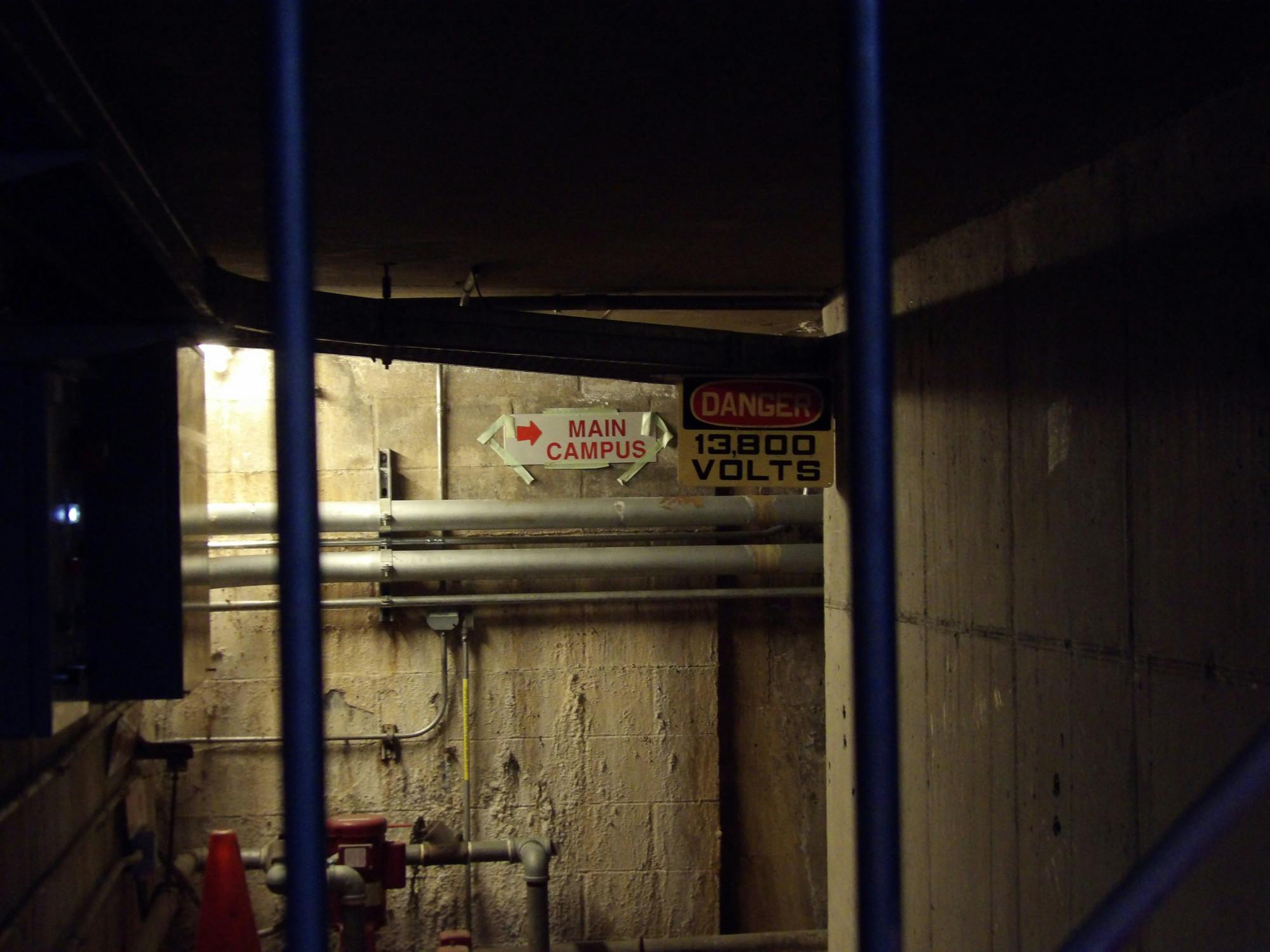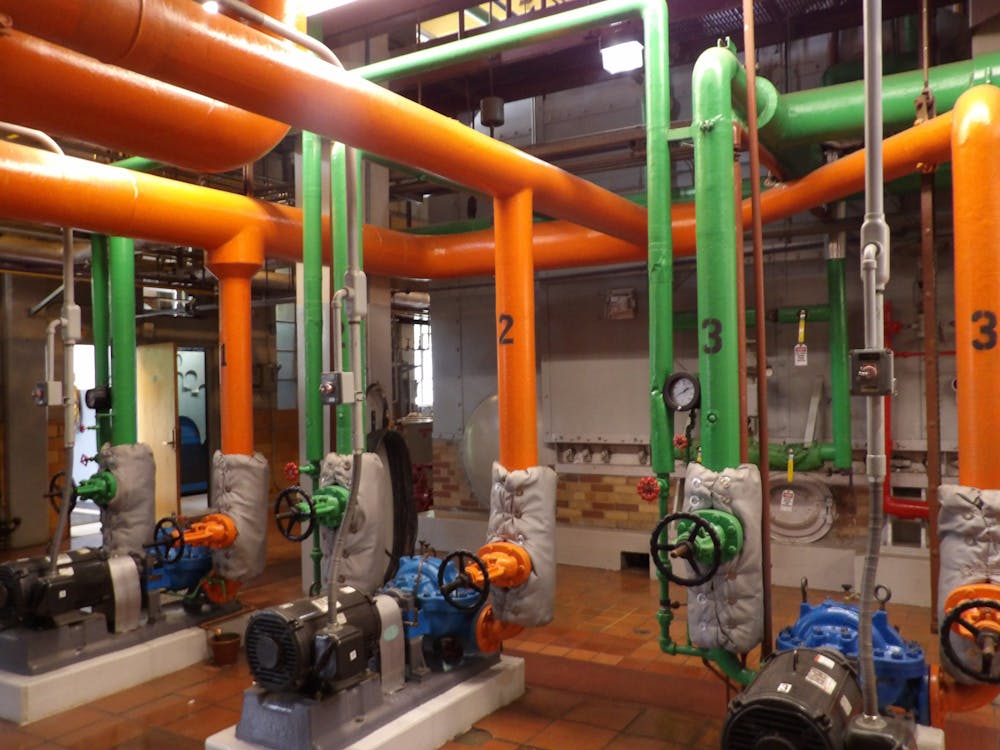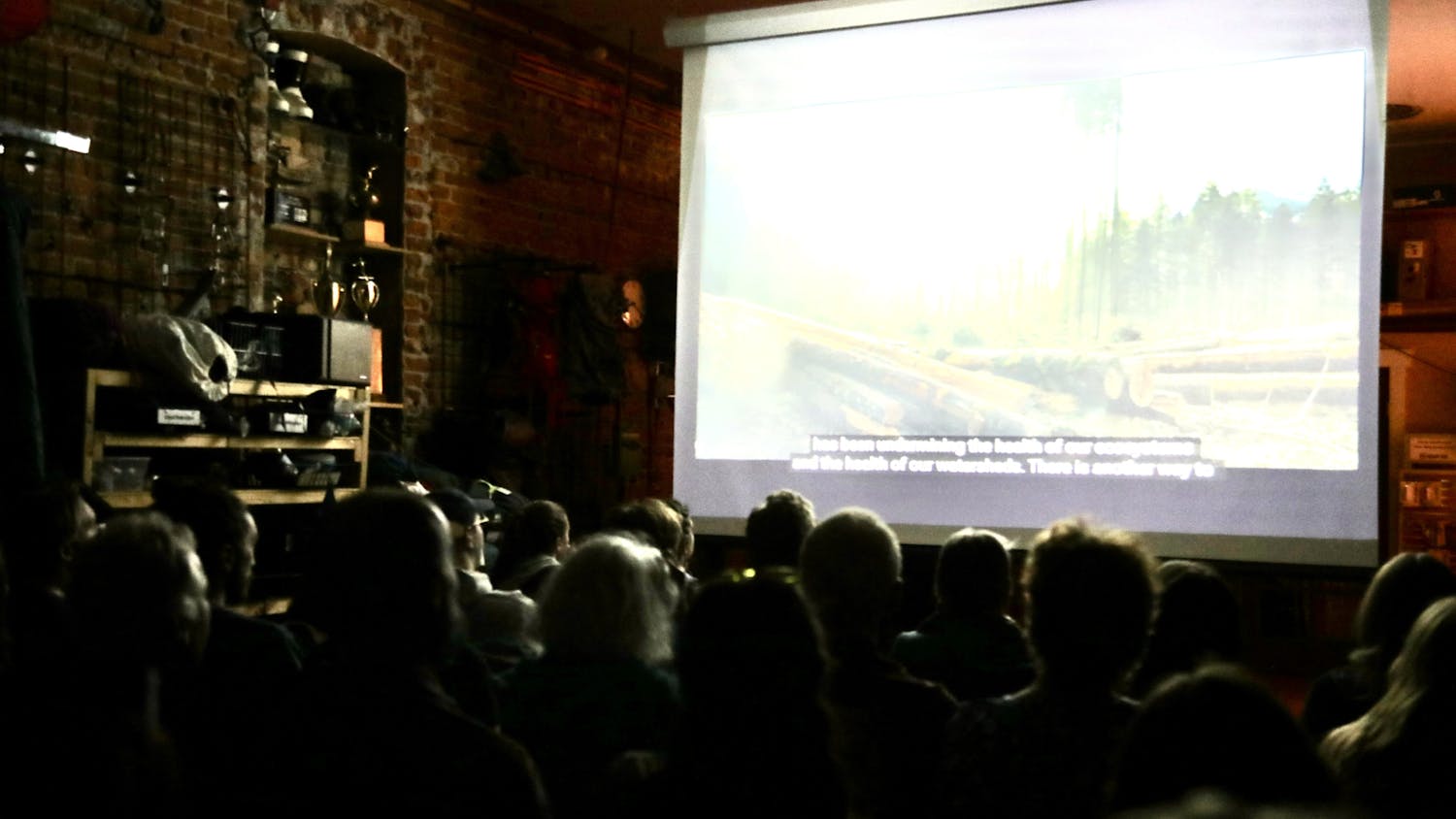The renovation of Western Washington University’s heating system was one of the four major capital projects in the university’s 2023-25 budget. In April, the state approved a $10 million fund to complete phase one of this project.
Western’s steam plant, first established in 1946, provides heat and hot water for nearly all campus buildings. A system of underground tunnels carries steam across four and a half miles, provided by boilers that run primarily on natural gas.
This steam plant also contributes 97% of Western’s greenhouse gas emissions.
“We cannot meet our targets behind it without addressing that fossil fuel use,” said Alex Ramel, representative of Washington’s 40th legislative district. “I know that many students care deeply about addressing the climate crisis, and this is a big piece of the way that we can do that on campus.”
The current operations of the steam plant do not align with either the university's goal to be carbon neutral by 2035 or Washington’s goal to reduce greenhouse gas emissions by 95% by 2050.
“If not now, when? We can’t constantly be pushing these initiatives farther and farther into the future when that’s what we’re trying to save,” said Liam Pratt, Western’s Associated Students vice president for sustainability and co-founder of Students for Climate Action. “While I understand it’s a big commitment, it’s a necessary one.”

Reaching the boiling point
In 2020, a student-led report explored incremental clean energy solutions to renovate the plant. The following year, the state granted funding for a feasibility study that analyzed the financial and technical viability of multiple options to replace the current heating system. This $10 million fund is considered phase one of the project: the design engineering phase.
There are currently five boilers at the plant, the last installed in 1995. Each boiler includes an economizer that heats water using waste heat from stack exhaust. This centralized system is more efficient and adaptable than using a separate heating system for each campus building.
“It is the most impressive, cleanest mechanical space I have ever entered in my career,” said Amanda Cambre, director of facilities management.
According to Cambre, the plant currently operates at its maximum efficiency, with seven engineers at the plant who monitor and operate the boilers 24/7. For the past several decades, someone has been in the building every minute of every day.
“Just like a V8 Oldsmobile from the ‘70s, it can only get so efficient,” Cambre said. “You can only air the tires up so much.”
About 30% of the plant’s heat escapes. The infrastructure is aging, and would soon require frequent maintenance and upkeep. The price of natural gas is also expected to rise as a result of the recent passing of Washington’s Climate Commitment Act.
“If you compare what we would invest into a new form of energy on campus versus the long-term repairs needed to keep this thing alive, it's not even worth the hassle,” Pratt said.

Pressure rising
Pratt co-founded Western’s Students for Climate Action in April 2022. The club supported the heat conversion project by spreading awareness on campus and encouraging legislators to vote “yes” on funding the project. They also advocate for removing the lower Snake River dams and moving Western away from investing in fossil fuels.
Other Washington universities are feeling the financial burden of fossil fuels, and students across the state are rallying for a cleaner energy future. In May 2023, the University of Washington’s Institutional Climate Action Chapter protested their own steam plant, a few students chaining themselves to a smokestack.
UW’s larger campus makes the university fall under the jurisdiction of the Climate Commitment Act. Under current operations they would need to pay to emit, amounting to $4 million in fines and allowances for 2023.
Currently, the university is exploring a district heating system that utilizes the difference in water temperature between Lake Washington and Lake Union, and Central Washington University has a potential geothermal heat source close to the surface.
When it comes to design engineering, no institution is as far in the process as Western, according to Ramel.
“Western is now at the forefront, and as a leader will be able to pave the way and share the lessons learned,” he said.
The Climate Commitment Act established a cap-and-invest market for carbon emissions. Industrial polluters buy allowances to emit in an auction, and over time, those allowances become few and far between.
The price of allowances will increase over time, increasing their demand and decreasing the amount of emissions. The revenue from these auctions directly funded Western’s heat conversion project.
On May 4, Gov. Jay Inslee signed House Bill 1390, requiring all state-owned campuses to create an action plan to decarbonize their energy systems. Ramel, who originally sponsored the bill, believes that Western is about two years ahead in the process.

Pipe dream turned reality
Still, converting Western’s heating system will take at least several years and more funding. Western plans to request about $35 million for the next four budget cycles, or the next eight years, to complete the remaining phases of the project.
The Climate Commitment Act funding can only be appropriated for climate and climate justice solutions across the state, said Ramel. The funds could not be used for other capital or operational projects and will have no effect on student programs or tuition.
“There will always be budget problems that people who want us to continue to depend on fossil fuels will say it's too expensive to tackle the climate crisis,” Ramel said. “It is going to be more expensive every year that we put it off. Every delay costs money, it costs lives, it costs a share of the natural heritage of everybody who comes after us.”
The results of the feasibility study told Western’s Facilities Management Team that the nodal option would be the best fit. This means installing four new plants over time, labeled North, South, Ridgeway and Fairhaven. While the first to go up will likely be North or South, the phase one testing could reveal that an issue like soil contamination would halt these plans.
“In a perfect world, you could just pull it out like spaghetti and put it back in,” Cambre said. “There’s just the reality of scale, space and time impacts that are why we chose the nodal option, so that we’re limiting the impact to campus.”
The new plants would include a geo-exchange field, which utilizes heat from the ground. They would also use water instead of steam, as water takes less energy to heat.
This fall, the Port of Bellingham is developing a new district heating system on the waterfront. This system has the potential to utilize the waste heat from Puget Sound Energy’s Encogen power plant on Cornwall Avenue. This would then open up the possibility for Western’s modernized system to work with the waterfront’s system, and set an example for the rest of the city as the state strives for cleaner energy.
“It fills you with a certain level of confidence to know that I might not be around for when this thing is accomplished, but I know that the student body here is gonna keep chipping away at this,” Pratt said. “As long as we do the best we can to provide them with an outline, a foundation, somewhere to launch off of.”
Meghan Fenwick is a senior at Western Washington University and a campus reporter for The Front. She is majoring in environmental journalism.
You can reach her at meghanfenwick.thefront@gmail.com.






